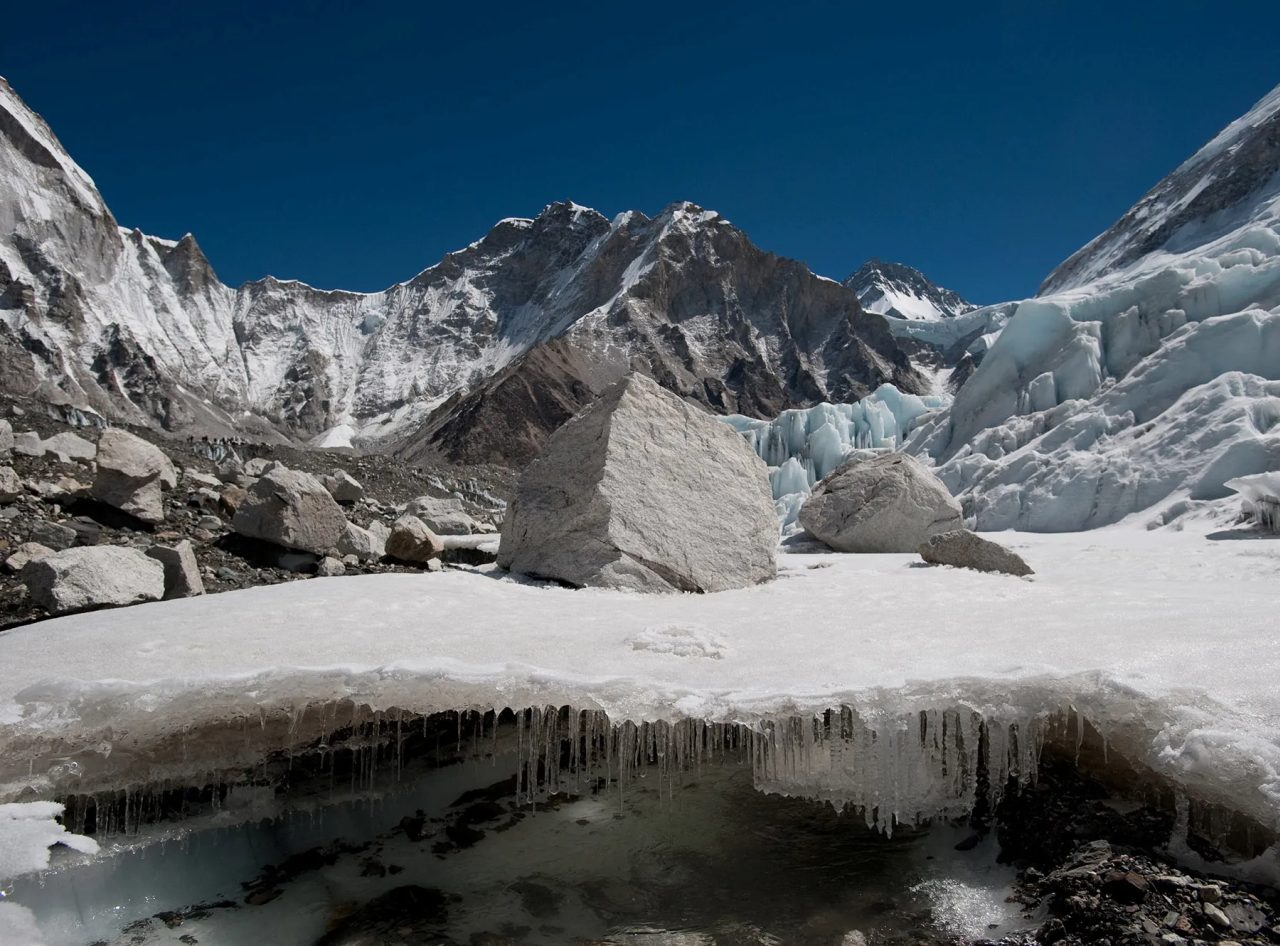Rising Temperatures Causing Glacial Lake Flooding: Urgent Need for Already Delayed Early Warning Systems in India
As global warming accelerates glacial melt in the Himalayas, unprepared communities face the growing threat of glacial lake outburst floods (GLOFs)
As our planet warms due to climate change, the Himalayan Mountain region is witnessing a growing risk of glacial lake outburst floods (GLOFs) in India. Such a natural disaster occurs when lakes, filled to the brim with water from melting glaciers, exceed their capacity and rupture; unleashing a gushing flow of uncontrolled water down mountain valleys with devastating consequences.
Currently, more than 200 such volatile lakes pose a serious threat to communities in the Himalayan region in India, China, Pakistan, Nepal, and Bhutan. Despite the looming peril, India lags behind in deploying advanced glacial flood early warning systems, leaving many at risk of floods.
Researchers from the Divecha Centre for Climate Change at the Indian Institute of Science in Bengaluru have recently found that the Gepang Gath Lake in the Lahaul and Spiti district of Himachal Pradesh has become a potential threat to downstream tourist destination Sissu and its neighbouring villages. Should this lake burst, the repercussions will be dire: Buildings and settlements along the banks of the flow channel at Sissu, bustling riverbank camping sites, Sissu helipad, and areas nearby are all at risk.

Image: Alex Treadway/Reuters
To mitigate this looming catastrophe, researchers propose reducing the lake’s water level by 10 to 30 meters. This could be a move aimed at lessening the potential damage, akin to the catastrophic flash flood that struck the northeastern state of Sikkim on October 3, 2023, where at least 37 lives were claimed by the flash flood after South Lhonak, a glacial lake, breached its confines.
What’s alarming is that several studies had previously warned about the high likelihood of South Lhonak Lake flooding, raising serious questions about India’s preparedness to deal with such emergencies.
The glacial lake outburst floods or the sudden release of water from a glacier-fed lake, like in the case of South Lhona, can be triggered by various factors, including heavy rainfall, an avalanche, or an earthquake. While the cause behind the South Lhonak disaster remains unclear, one thing is clear: an early warning system could have helped authorities evacuate people in time and provided time to open the floodgates of downstream dams to minimize damage.
Global warming is accelerating the melting of glaciers, leading to a substantial increase in the water levels of numerous Himalayan lakes. Glaciologists emphasize the need for constant monitoring and installation of early warning systems as risk mitigation measures. In the wake of the Sikkim disaster, India’s National Disaster Management Authority (NDMA) now plans to deploy early warning systems for real-time alerts in the event of glacial lake outbursts.
NDMA had conducted a survey in early September and found two lakes at risk. This included South Lhonak, where the lake’s area had expanded by up to 2.5 times in the past three decades due to rapid glacier melt. Despite this, and the efforts in 2016 to draw down some of the lake’s water to prevent overflowing; an early warning system was not established at the lake, which raises questions about the delay in implementing such a system for a known danger zone.
After numerous lives were lost as a result of flooding South Lhonak Lake, NDMA is now preparing to install early warning systems for real-time alerts at most of the 56 at-risk glacial lakes identified in India. The first phase of this endeavour should installed by next year. Had these systems been in place earlier, they could have provided up to 90 minutes of warning before the flooding in South Lhonak engulfed homes and structures.


